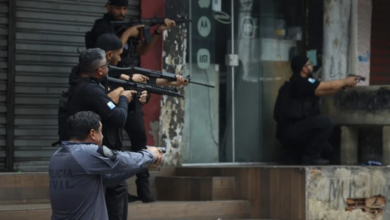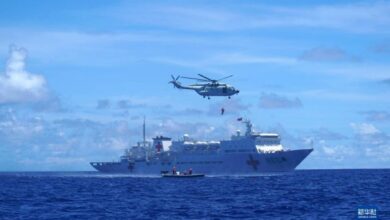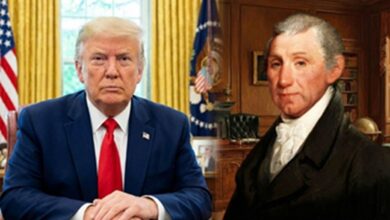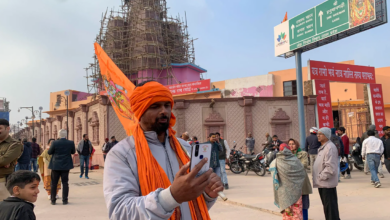Latin America’s Growing Influence in a Landmark Papal Conclave
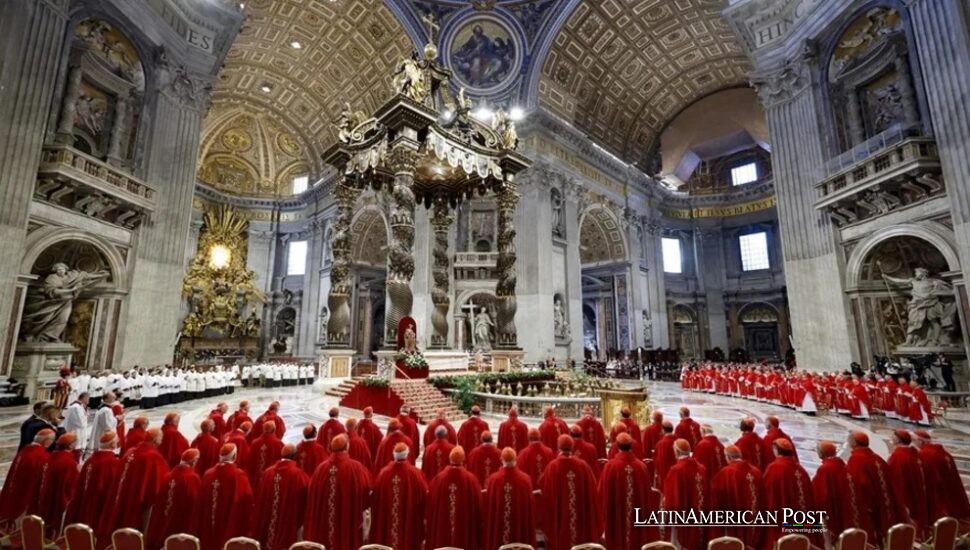
Latin America is at the forefront of the most diverse conclave in Church history. It starts tomorrow, May 7. Cardinals come from 70 countries, and the Italian group is the smallest. The region’s effect can decisively shape where the papacy goes.
A Landmark Gathering
Preparations transformed the Apostolic Palace and the grounds surrounding it into a protected area above the streets of Vatican City. This conclave meets in the well-known Sistine Chapel. It is the biggest group of voting cardinals, and the cardinals come from many different cultures. The gathering is the biggest in Church history. At its core, the endeavor aims to elect a single successor to the late Pope Francis, who passed away on April 21. Yet, the various regional perspectives will shape debates, alliances, and eventual consensus.
In keeping with updated Church rules introduced by Benedict XVI, the prospective pontiff must secure at least two-thirds of all valid ballots cast. This threshold departs from the older standard of a simple majority, an intentional shift designed to ensure that the newly elected pope commands a broad and cohesive mandate. Even so, with 133 electors expected—two having withdrawn for health reasons, the road to the agreement will require significant negotiation, and experts predict this process could be lengthier than past conclaves.
Diversity is a characteristic of this gathering. The current College of Cardinals grew in size and geography. It includes representatives from 70 countries across five continents. Sixty-one voting cardinals come from Europe, but its dominance is reduced compared to previous years. Areas like Latin America, Asia, and Africa have seen their roles grow, reflecting the Church’s worldwide reach and Francis’s intentional strategy of appointing prelates from the peripheries.
Italians overwhelmingly steered papal politics for centuries, but their numerical advantage is less pronounced today. Down from 28 to just 17 voting cardinals, they remain the largest single national group but no longer possess the near-total control they enjoyed in past centuries. This evolving demographic means that bishops from nations such as Brazil, Argentina, and Mexico will have more direct input. In many ways, this shift captures a “deseuropized” Church: The Catholic population has grown steadily in Africa, Asia, and Latin America, forcing the hierarchy to recognize needs, challenges, and sensibilities often unfamiliar in Rome-centric circles.
Latin American Aspirations
Latin America—Pope Francis’s home continent—now finds itself in an especially compelling position. The region displays active religious faith, community activism, and firm adherence to Catholic principles. It goes into the conclave with increased hope. Many cardinals from that area received appointments from Francis. Those appointments show his focus on neglected populations and a new request for missionary work.
Of interest is Brazilian Cardinal Jaime Spengler. He has German ancestry. He is also president of the Consejo Episcopal Latinoamericano (CELAM). People in the Curia have a reasonable opinion of Spengler. He shows a mix of cultures. He is at the meeting point of European custom and Latin American needs. His readiness to address pressing global issues—like inequality, migration, and the environment—aligns with the late pope’s overarching vision for the Church.
Argentina, too, remains in focus as the birthplace of Francis. While it once had the largest contingent of Latin American cardinals, in recent years, Brazil has surpassed it in the number of voting members. Brazil sends seven electors; Argentina sends four. Other Latin American nations, such as Mexico, Colombia, Ecuador, Chile, and Peru, each have one or two. The number is not large, but this group has unity, everyday rural worries, and much experience with social fairness. It can have a notable impact. It can decide when the meeting arrives at its final stages.
Latin American cardinals still take a careful approach to their role. The 2013 meeting that created the first pope from the global south remains in memory. In the region, many remember the surprise shift. Jorge Bergoglio came forward as a middle-ground choice. He connected differences between reform-thinking progressives and diplomatic moderates next to more conservative groups. After twelve years, viewpoints from the area developed. They are based on altered conditions. Economic problems division, in addition to continuous discussions about theological access, affect them. While some Latin American prelates aim to extend Francis’s reformist legacy, others lean toward more traditional approaches—reflecting the region’s complex spectrum of beliefs.
Diverse Power Blocs
This gathering proceeds with several global partnerships and groups that follow particular ideas outside Latin America. Some cardinals have a reputation for diplomatic skill—they were Vatican representatives in unstable areas. Some others present histories in community service or religious academic study. The diverse backgrounds often lead to different plans for the Church’s future.
Diplomatic Faction: Cardinals such as Vatican Secretary of State Pietro Parolin have long service within the Curia and great diplomatic skills, which make them important in vote consolidation. Their widespread global networks and thorough knowledge of the institution permit them to create alliances. However, they also face the challenge of operating in an environment where centralization is being increasingly scrutinized.
U.S. Delegation: Fourteen American cardinals, though potentially influential, lack a singular, unified stance. Among notable voices include Archbishop Timothy Dolan of New York, whose leadership in one of the world’s most significant archdioceses grants him prestige. Yet ideological divisions within the U.S. Church—from progressive enclaves to staunchly conservative wings—may undercut any attempt at a cohesive block.
Moderate and Synodal Advocates: Several cardinals remain invested in the synodal process begun under Francis, emphasizing dialogue and discernment. Mario Grech of the Synod is an example of this attitude. Jean-Claude Hollerich of Luxembourg also shows it. Both support a Church with greater inclusion.
ristóbal López Romero of Rabat is another person. He grew up in Spain and has ties to Latin American missions. That combination of backgrounds may get widespread backing. A vocal minority critiques perceived doctrinal laxity, championing a more traditional interpretation of Church teaching. Prominent conservative cardinals, including Robert Sarah from Africa, Raymond Burke from the United States, and Gerhard Ludwig Müller from Germany, might serve as influential “kingmakers.” They may align behind someone like Cardinal Wilhelm Eijk of Utrecht or Peter Erdő of Esztergom-Budapest, seeking to steer the papacy toward a return to more rigid stances.
Close Allies of Francis: Some cardinals carry forward the late pope’s agenda, embracing positions like greater acceptance of marginalized groups, environmental stewardship, and collegiality. Names include Luis Antonio Tagle, nicknamed the “Filipino Francis,” and Matteo Zuppi, head of the Italian bishops and an envoy in recent peace efforts. Though not necessarily from Latin America, these leaders embody Francis’s signature pastoral style—underscoring the extent to which his reforms may endure.
In the background looms the historically dominant Italian contingent, yet now smaller and more fragmented. There is talk of a subtle push to bring the papacy back to an Italian after nearly half a century of foreign popes. Figures like Secretary of State Parolin, Patriarch Pierbattista Pizzaballa of Jerusalem, and Matteo Zuppi may enjoy local backing, but no monolithic front unites all 17 Italian electors.
Secrecy and Protocol
As of May 7, the conclave moves behind closed doors, subject to strict protocols that mirror centuries-old tradition. The entire 0.4-square-kilometer territory of Vatican City will enforce complete telecommunications silence, shutting down cell and radio signals to ensure no information leaks. Each 133 elector cardinals must surrender personal devices before entering the Sistine Chapel, forming a self-contained community with deep prayer, deliberation, and repeated ballots until a definitive choice emerges.
Vatican governance extends these measures to guarantee confidentiality. Security teams are at the perimeter, verifying identities. Cardinals cannot leave, and they cannot talk to outsiders. This will be so until a new pontiff is elected. The group will meet in the chapel each day. In the evening, they meet in simple Vatican rooms. Although extensive speculation often arises—both in global media and within Church circles—none of the participants can publicly disclose details about vote counts or debates.
Should the voting persist longer than anticipated, onlookers will have little more than the legendary smoke signals to interpret the outcome.
White smoke indicates a successful election; black smoke means another inconclusive ballot. Experts note that, given the large and diverse electorate, the conclave might extend longer than the relatively brisk 2013 process. Yet a more deliberate, methodical search may yield a pontiff who unites disparate blocs from Latin America and beyond under a renewed sense of mission.
The decision about the next pope goes past national ties and selfish desires. The Church’s self-definition depends on an equilibrium of long-standing practices and understanding current conditions. In this complex interaction, the opinion of Latin America, supported by sizable Catholic groups plus the remaining effects of Francis’ international view, gets ready to produce a definite impact. Whether the next pope hails from European strongholds, North America, Asia, or Latin America, the region’s priorities—social justice, pastoral closeness, and evangelization among the marginalized—will continue influencing agendas and decisions in Rome.
Also Read: Latin America Watches Conflict Threatening Global Chaos
As the cardinals gather under Michelangelo’s frescoes, many carry the hopes of millions back home. Accents and cultural experiences mix. The collection shows a growing Catholicism. The religion is old and changing. In the extensive collection, the Latin America narrative appears. Its features and problems, next to commitment, could influence the center of the Church’s future.

